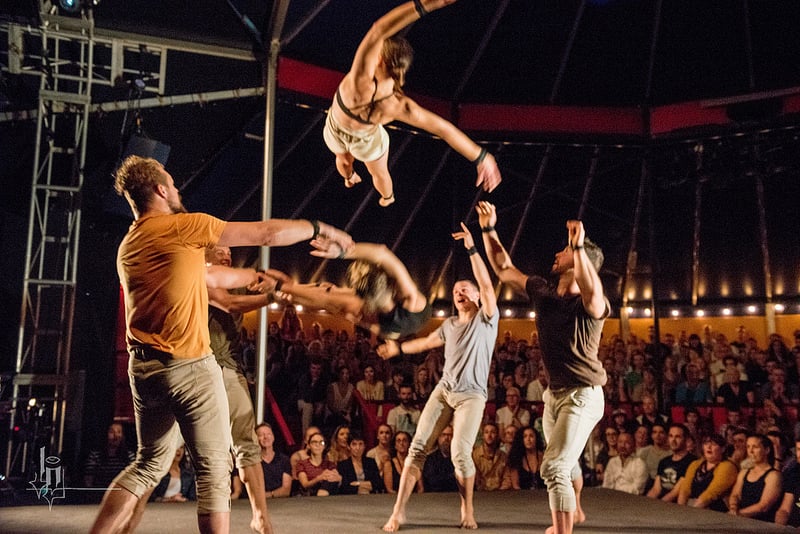
Photo: badjonni via Visualhunt.com / CC BY-NC-SA
From performer to leader
How easy is it to make the transition from being a performer to becoming the chief executive of an arts organisation? Coreene Archer discusses the tensions and the strategies for success.
What happens when an artist with a passion to perform becomes the CEO of a company? Suddenly, where there was a single focus to your work – the creative development of the next piece – there are budgets, recruitment of staff and other seemingly far less thrilling tasks. The one thing you love to do, and the reason you entered the sector, is suddenly no longer the primary focus of your time. In the contemporary world of work, there is a growing expectation that an employee, and particularly a leader, is able to do more than one thing well: to paint as well as manage a meeting well, or perform to a high standard as well as decipher a spreadsheet.
Multiple roles
The ability to manage multiple professional roles does not come easily to everyone. It might be possible to perform the multiple roles of mother, sister and friend without a significant amount of tension, but this is not necessarily the case with the roles of CEO and performer/artist.
There is a strong overlap between the normative and existential primary tasks, but it is the phenomenal primary task, the unconscious one, that makes all the difference
The choice to be a performer or artist is usually underpinned by a sense of calling, or the feeling that there isn’t anything else you could or would choose to do. The result is that the work is invested with passion, commitment and determination to demonstrate creativity and excellence. This makes creating clear boundaries around the work more difficult, resulting in long hours and the unspoken expectation that you are very fortunate to be able to make a living as an artist. The work is more than something you do – it is who you are.
Approaching primary tasks
At the Tavistock Institute of Human Relations we help clients to explore why and how they can balance the tensions in their roles and in their organisations. We consider who is in each role and what they are doing. Our work is systemic as we think about the whole organisation and importance of the leading roles in shaping what is happening throughout the organisation.
The source of tension arising from competing identities, either within a system or an employee, can often be found by understanding their approach to the primary task – the reason why an organisation exists.
- The normative primary task is the formal or official task, putting the main aims of an organisation into operation.
- The existential primary task is the task that employees believe they are delivering, the value, explanation or interpretation they put on their roles or activities.
- The phenomenal task is the task that can be understood from the way employees behave and might be unconscious of.
In an arts organisation, say a children’s dance company, these could be understood like this:
- Our normative primary task is training young dancers and delivering shows of a high standard and accessible price to our audience.
- Our existential primary task is nurturing the next generation of dancers to achieve excellence.
- The phenomenal task might be understood as providing low-cost creative childcare or equally changing the world one child at a time through the medium of dance education.
There is a strong overlap between the normative and existential primary tasks, but it is the phenomenal primary task, the unconscious one, that makes all the difference to how and what is delivered on behalf of the company. Similarly, if an artist who is at heart a performer becomes the CEO of a company, the phenomenal task becomes surviving all the red tape associated with running a company – never as compelling as changing the world one child at a time through the medium of dance education.
Shaping an organisation
Why is this important? Understanding the tension of leadership and staff management, alongside the seduction of the creative, is key to shaping an organisation. It is possible to hold the tension between identity and role in a way that allows organisational growth and satisfaction in the work by paying attention to the internal structures and systems.
This will help to enable people in leadership positions to balance the need to deliver successful funding bids and to create sustainability, and most importantly, to deliver work to be proud of and satisfying to artistic integrity.
Coreene Archer is Head of Operations and Internal Communications Consultant at Tavistock Institute of Human Relations.
www.tavinstitute.org
Join the Discussion
You must be logged in to post a comment.